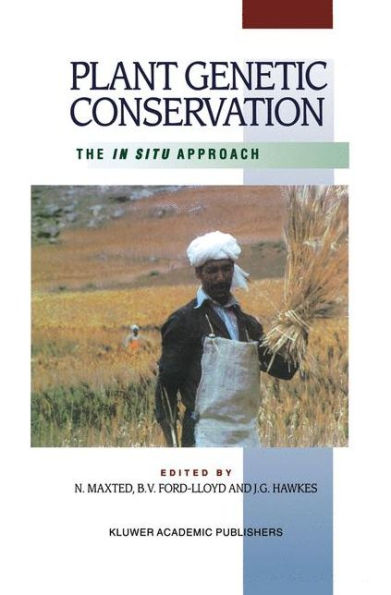The recent development of ideas on biodiversity conservation was already being considered almost three-quarters of a century ago for crop plants and the wild species related to them, by the Russian geneticist N.!. Vavilov. He was undoubtedly the first scientist to understand the importance for humankind of conserving for utilization the genetic diversity of our ancient crop plants and their wild relatives from their centres of diversity. His collections showed various traits of adaptation to environmental extremes and biotypes of crop diseases and pests which were unknown to most plant breeders in the first quarter of the twentieth cen tury. Later, in the 1940s-1960s scientists began to realize that the pool of genetic diversity known to Vavilov and his colleagues was beginning to disappear. Through the replacement of the old, primitive and highly diverse land races by uniform modem varieties created by plant breed ers, the crop gene pool was being eroded. The genetic diversity of wild species was equally being threatened by human activities: over-exploita tion, habitat destruction or fragmentation, competition resulting from the introduction of alien species or varieties, changes and intensification of land use, environmental pollution and possible climate change.



